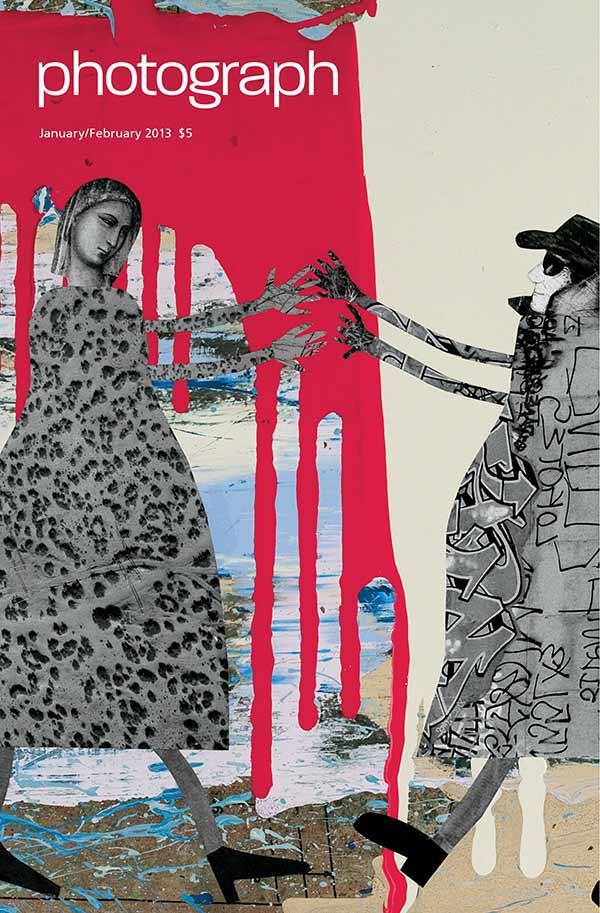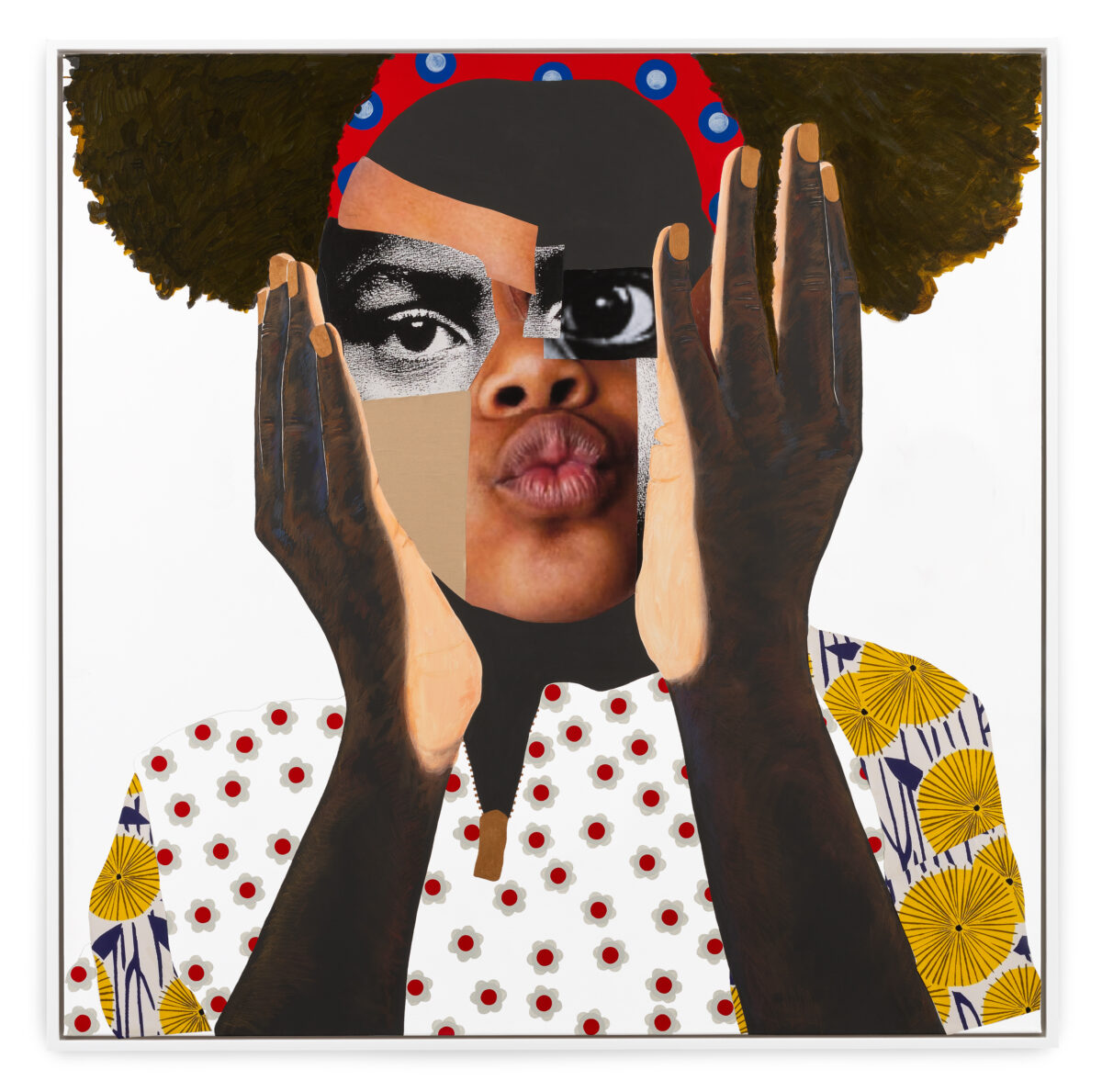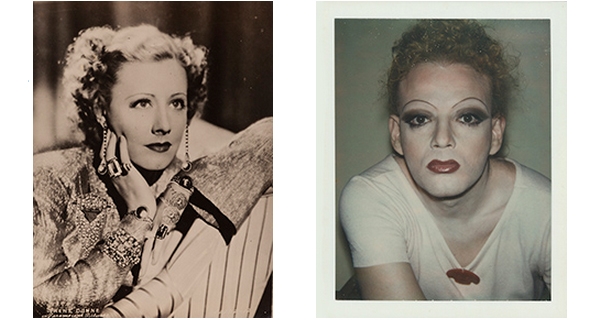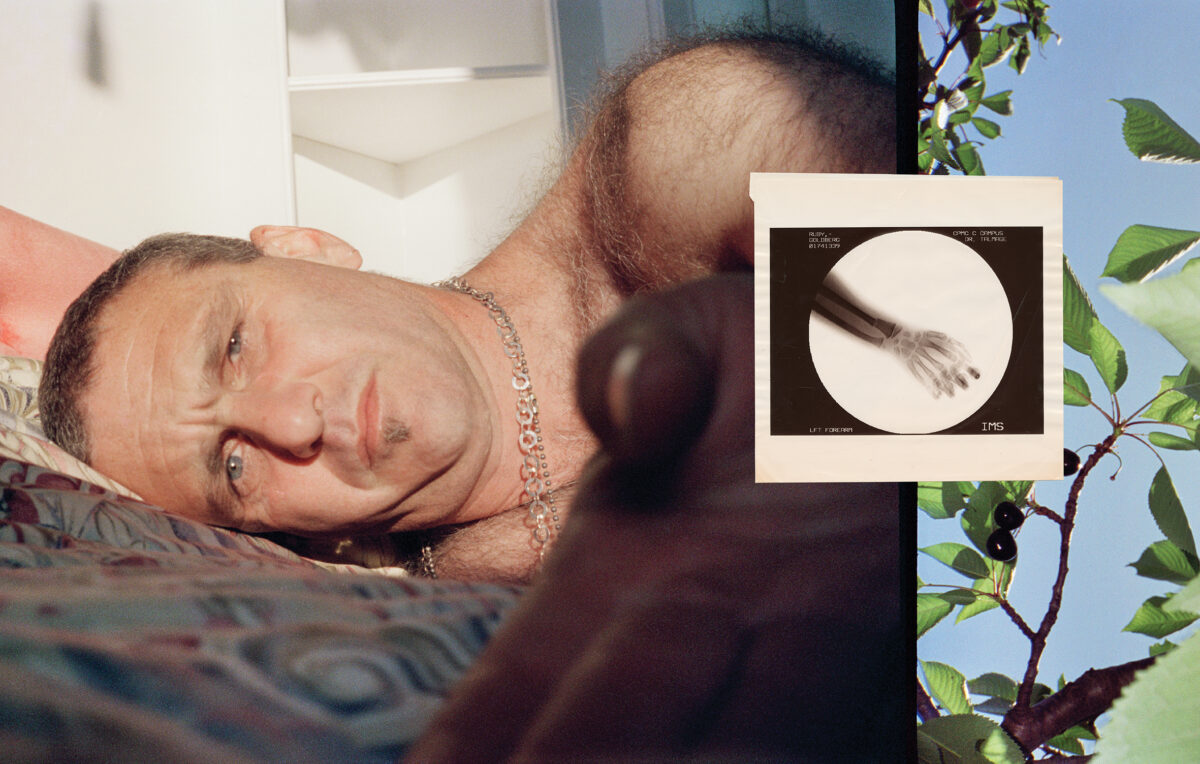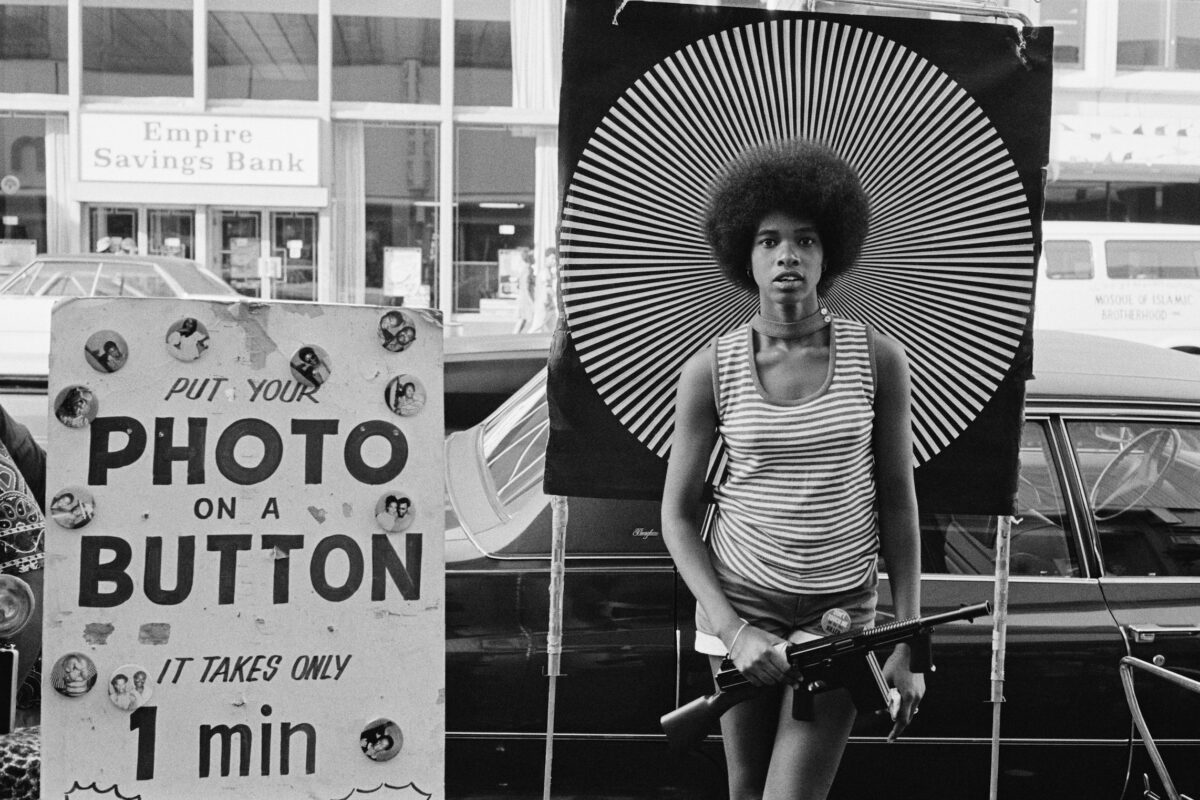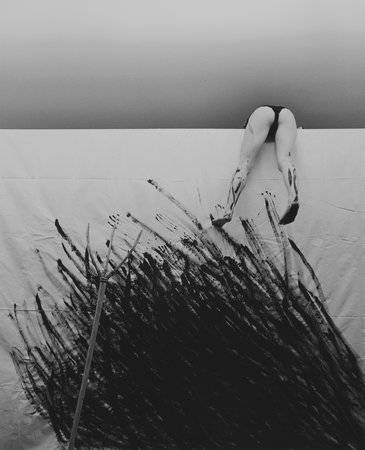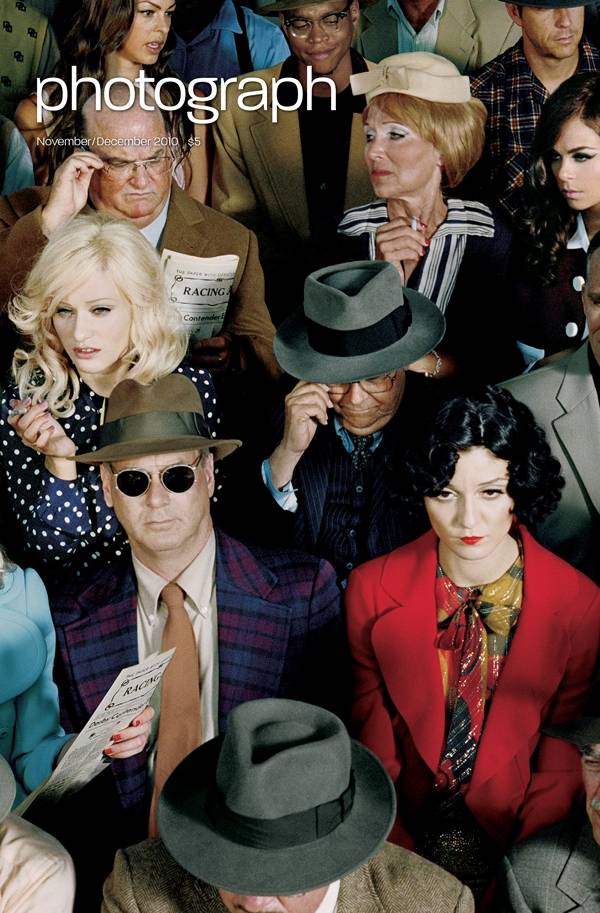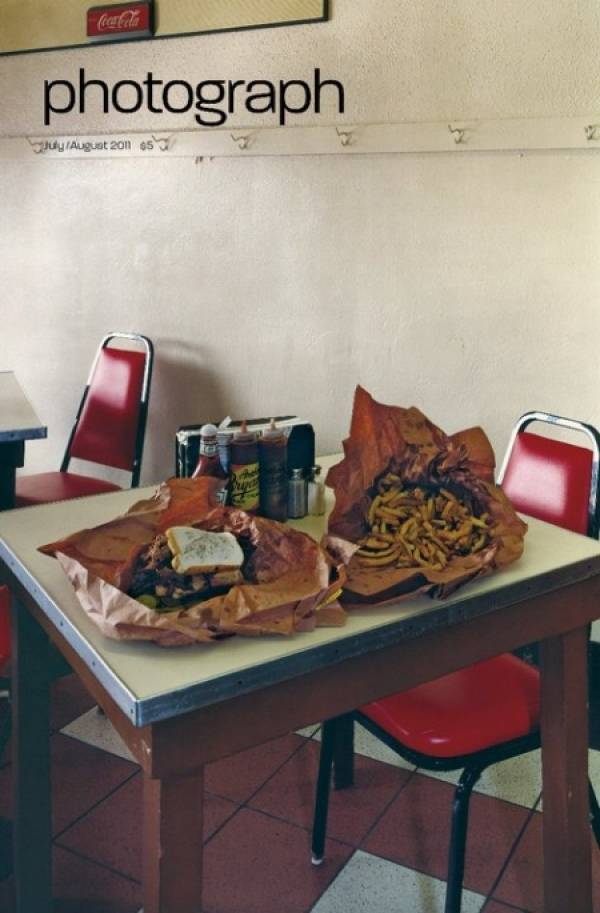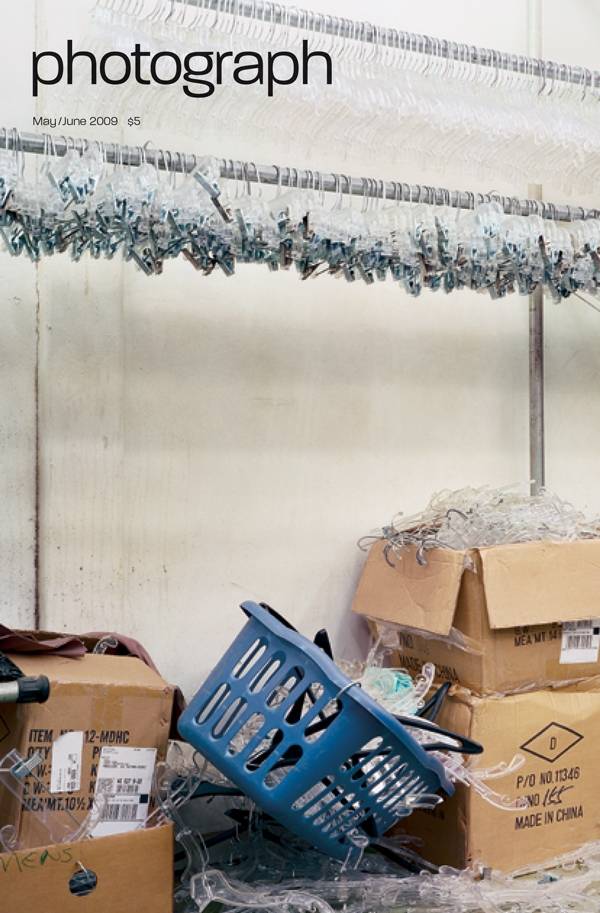Henceforth, we declare the war between painting and photography officially over. As if it hadn’t gone on long enough. Almost at the inception of the mechanical medium, the lines were drawn, with William Henry Fox Talbot celebrating his triumph over bad draftsmanship on the one hand, and on the other the poet Charles Baudelaire indicting the new medium as a mere tool with artistic pretensions. By the time of the theorist Walter Benjamin in the 1930s, the terms of disagreement were all too familiar: mechanical copying versus spiritual expression; a disembodied gaze versus an embodied vision; and, in Benjamin’s terms, a popular, accessible, reproducible artifact (the photo) versus a precious, upper-class fetishized commodity (the painting/sculpture). There were plenty of border skirmishes and defections from one camp to the other, and stunning attempts to swallow the other side whole (the Photo Secession of the 1890s, the Photo Realists of the 1960s). There were also those who walked through the battlefield without a uniform or, like Buster Keaton in The General, wore both colors at the same time. Holly Roberts is one of them. She was painting on photographs in the 1980s, when Chicago dealer Catherine Edelman first saw her work. “She seemed to attack the photograph with a manic energy,” says Edelman, who features Roberts in a solo exhibition (January 11-March 2). Her work also appears in Surface Tension at the Etherton Gallery in Tucson (January 8-April 6). “As someone who began an art career as a metalsmith, I appreciated the material reality of the media she was using,” adds
Edelman. Roberts seemed to fit the camp of artists like Gerhard Richter and Robert Rauschenberg, for whom photography was a mediated, already represented reality that would serve as the basis for image making. But Robert’s approach was different, more expressive, less programmatic, as her current work, epitomized by the cover image, Couple Dancing, reveals. For one thing, it’s a collage, in which painting and photography exist on or in the same plane. Unlike Rauschenberg, whose combine paintings were about the basic incoherence of various cultural expressions and artistic gestures, Roberts’s current works cohere in single images whose elements are meant to reinforce each other. A swatch of graffitied wall, the heads of a Giotto Virgin Mary and of someone who looks more than a little like Marcel Duchamp, a paint-spattered floor, and a background of dripping red and white paint – some dance. Roberts, who blogs about her images, tells us it all had to do with overbearing ranchera music that drove her into the studio and put dancing in her head, but the picture looks more like an allegory of a rapprochement between the post-modern and the medieval, or, as I prefer to think, between the readymade and the divinely made. And what was once a war is now a dance on paper.

